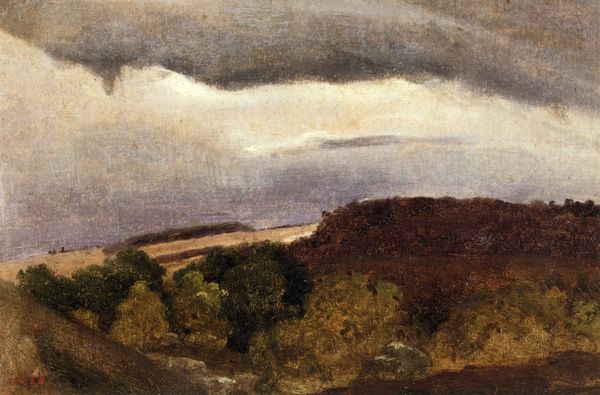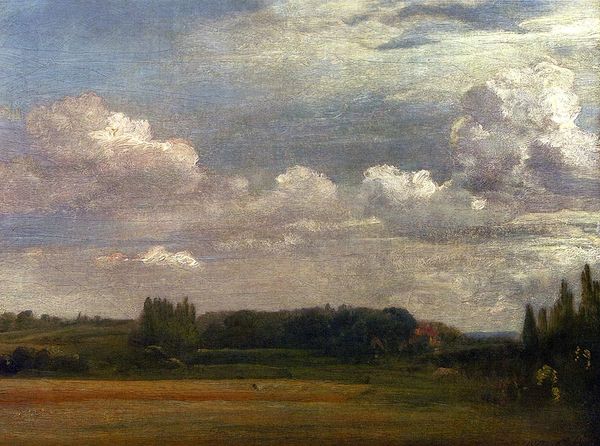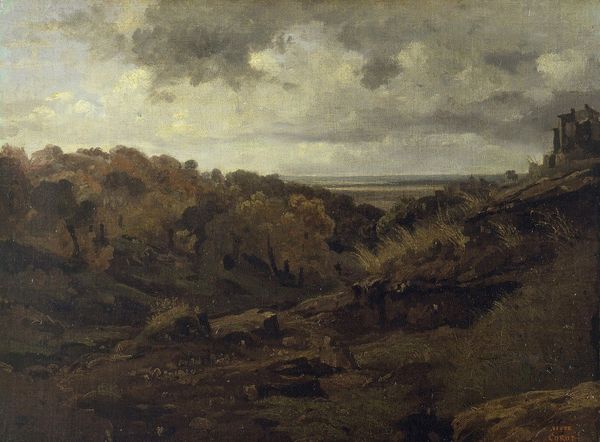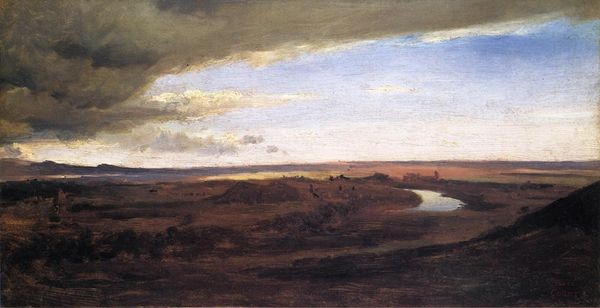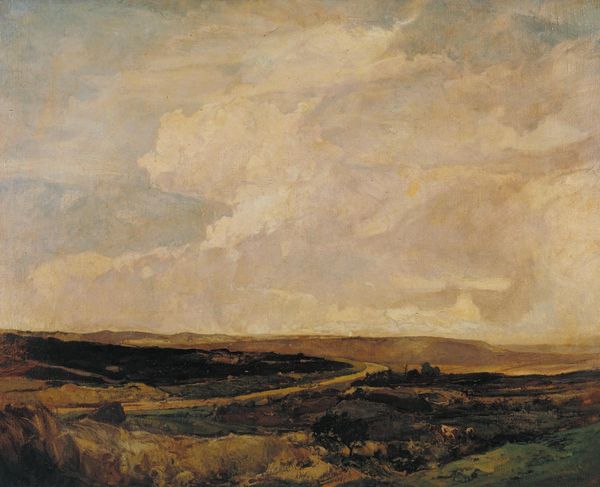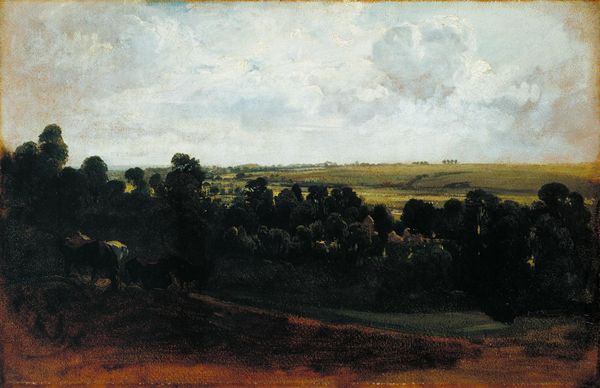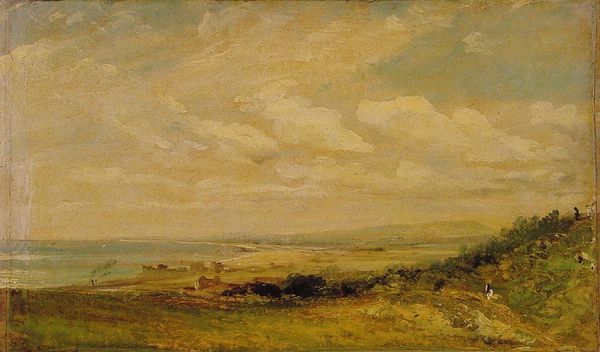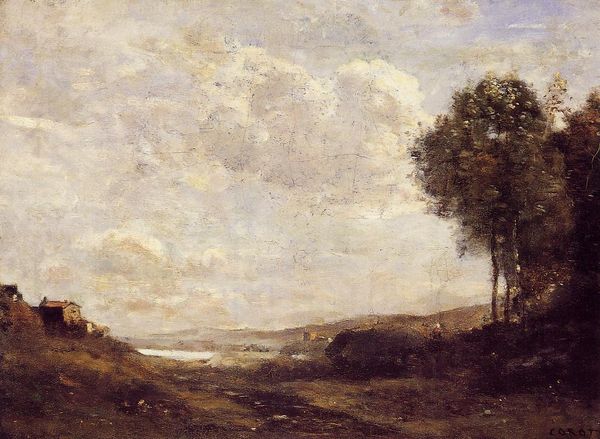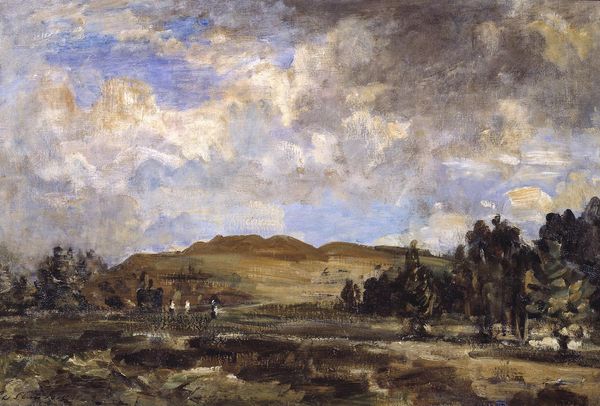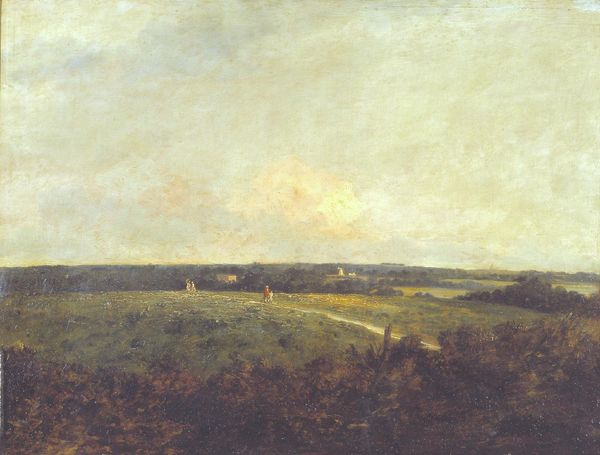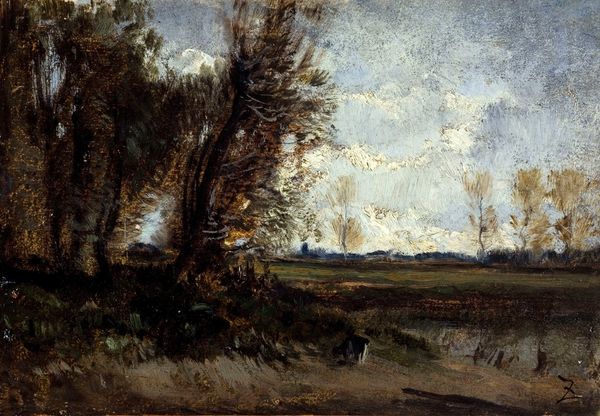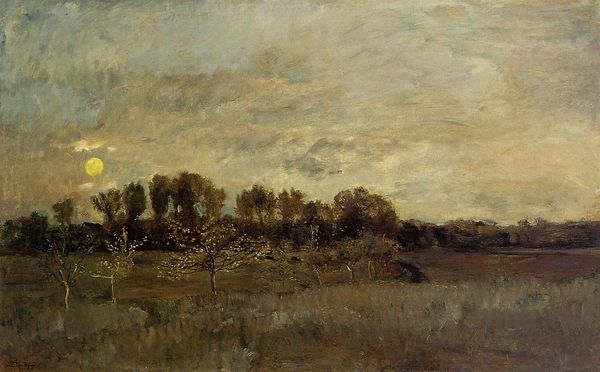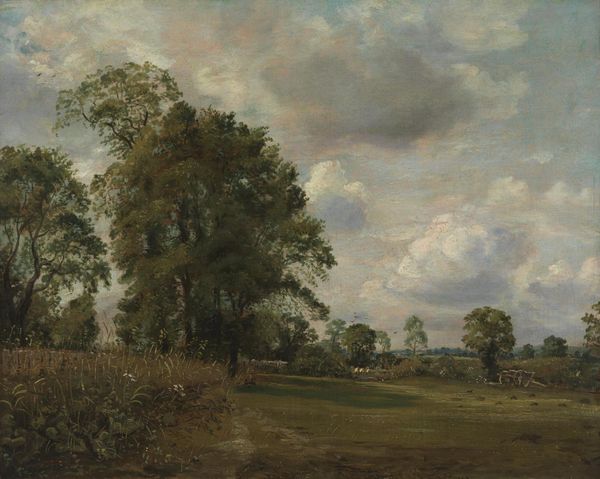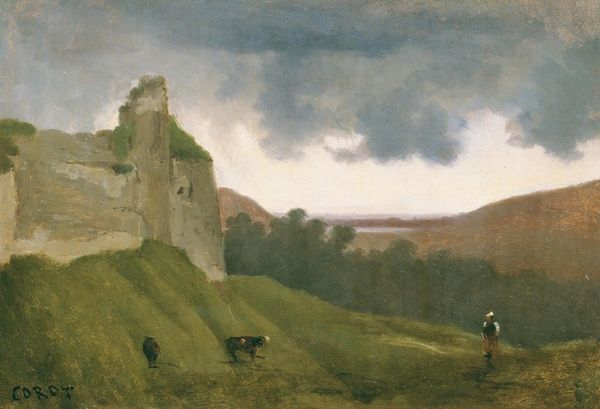
The Valley of the Loue in Stormy Weather 1849
0:00
0:00
gustavecourbet
Musée des Beaux-Arts de Strasbourg, Strasbourg, France
painting, plein-air, oil-paint
#
sky
#
cliff
#
painting
#
plein-air
#
oil-paint
#
landscape
#
impressionist landscape
#
form
#
oil painting
#
rock
#
romanticism
#
cityscape
#
realism
Copyright: Public domain
Gustave Courbet rendered this landscape, "The Valley of the Loue in Stormy Weather," with oils on canvas. The scene is one he returned to often, depicting his native Franche-Comté in eastern France. Courbet, a champion of Realism, sought to represent the world as he saw it, without the romantic idealizations so popular in academic painting. There's a palpable tension in the atmosphere, a pre-storm stillness that feels almost oppressive. It's a landscape charged with a certain kind of masculinity, a ruggedness that speaks to the artist's own self-fashioned identity as a man of the earth. But consider too, what it meant to paint a specific place during a time of great social and political upheaval in France. Courbet’s commitment to painting the everyday, the local, can be seen as an assertion of regional identity, a quiet resistance to the centralizing forces of Parisian culture. In turning to the Loue, he turns away from the academic models of painting. What does it mean to claim one’s place?
Comments
No comments
Be the first to comment and join the conversation on the ultimate creative platform.
